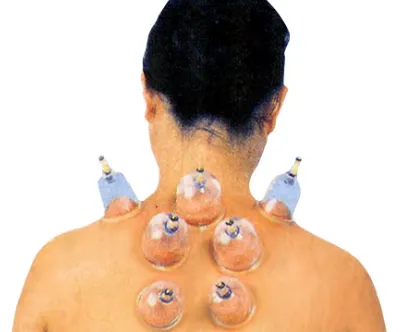How Weather Influences the Effectiveness of Cupping Treatment
Hijama can be performed at any time of the year, but traditional medicine suggests that certain weather conditions are more favourable for getting the best results. Photo by zero take on Unsplash The idea that the body reacts differently to Hijama cupping in each season is an integral part of traditional healing systems, such as Prophetic Medicine, Unani Tibb, and Traditional Chinese Medicine (TCM), and it also makes scientific sense. Our bodies are constantly working to maintain balance, but factors such as temperature, humidity, and daylight affect how our metabolism, blood flow, immunity, and hormones work. Since Hijama influences the blood, lymph, and nervous system, its effects naturally change with the seasons. As the outside weather changes, the body’s internal balance changes too. In the Unani (Greco-Islamic) system, it’s believed that the body’s natural fluids, or “humours,” shift with the seasons — just like the weather moves from hot in summer to cold in winter. ...

